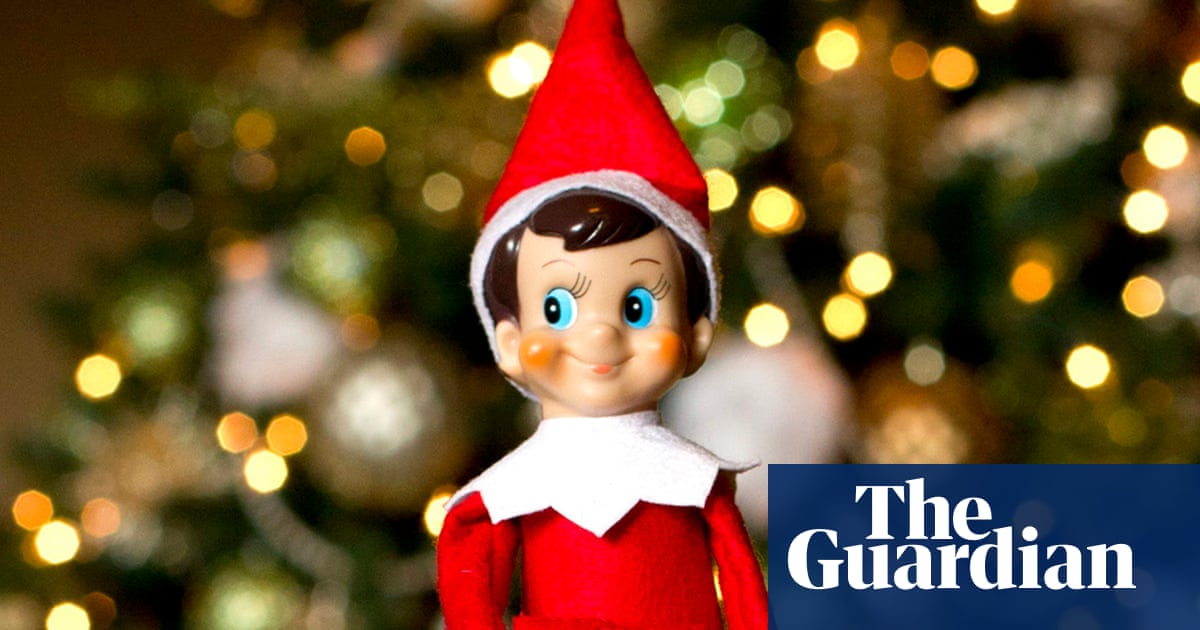
It may seem like harmless Christmas fun but an academic who studies paranormal investigations has compared the “elf on the shelf” phenomenon with the ever more ambitious shows that “victims” of poltergeists feel compelled to stage.
Dr Alice Vernon, of Aberystwyth University’s department of English and creative writing, said many parents felt under pressure to think up new poses and scenarios for their elves to win kudos on social media.
Vernon said: “I don’t think the elf on the shelf is drastically harmful in itself, and in most cases genuinely is just a bit of fun, but when it’s done purely for social media clout (for the praise of other adults, not for the enjoyment of children), as a significant part of the trend now seems to be, I think there’s a risk of it inducing anxiety and attention-seeking behaviour in much the same way as poltergeist ‘victims’ were always trying to perform phenomena that were more impressive than the last.
“The elf is increasingly being caught doing things a child would get in trouble for doing, which seems to contradict the point of it all. It stops being about the kids, and becomes about the parents always chasing greater levels of social media attention. On a personal level, I just think they’re creepy little things.”
The craze has its origins in the 2005 book The Elf on the Shelf , from the US, which tells the story of a scout elf who keeps an eye on children’s behaviour and reports back to Santa.
Parents began buying toy elves to keep an eye on their children’s behaviour, but the trend has developed and each morning some parents put the elf in a new position, frozen in the moment of doing something that is often silly or naughty.
Vernon, who is writing a nonfiction book on the history of paranormal investigations, gave examples from social media of elves covered in flour in a mixing bowl, making snow angels on a bed of peas or eating cereal out of a shoe.
She said it reminded her of the case of Alma Fielding, a British woman who appeared to be the victim of a poltergeist in her 1930s south London terrace house.
The furore around Fielding began with saucers appearing to spontaneously smash, doors slamming shut, and clocks flying through the air. When she was investigated, the happenings became ever more extravagant – flowers, a turtle or a finch would appear.
Vernon said: “What began as a form of emotional release became shadowed by the pressure of needing to perform more and more miraculous paranormal feats in order to maintain attention.
“The psychology surrounding the elf on the shelf may not be as complex and murky as poltergeist cases, but there are noticeable similarities. They both exist as an outlet for creating mischief without taking responsibility, but increasingly the new Christmas tradition follows in the poltergeist’s footsteps by being performative for the attention and admiration of others.”












